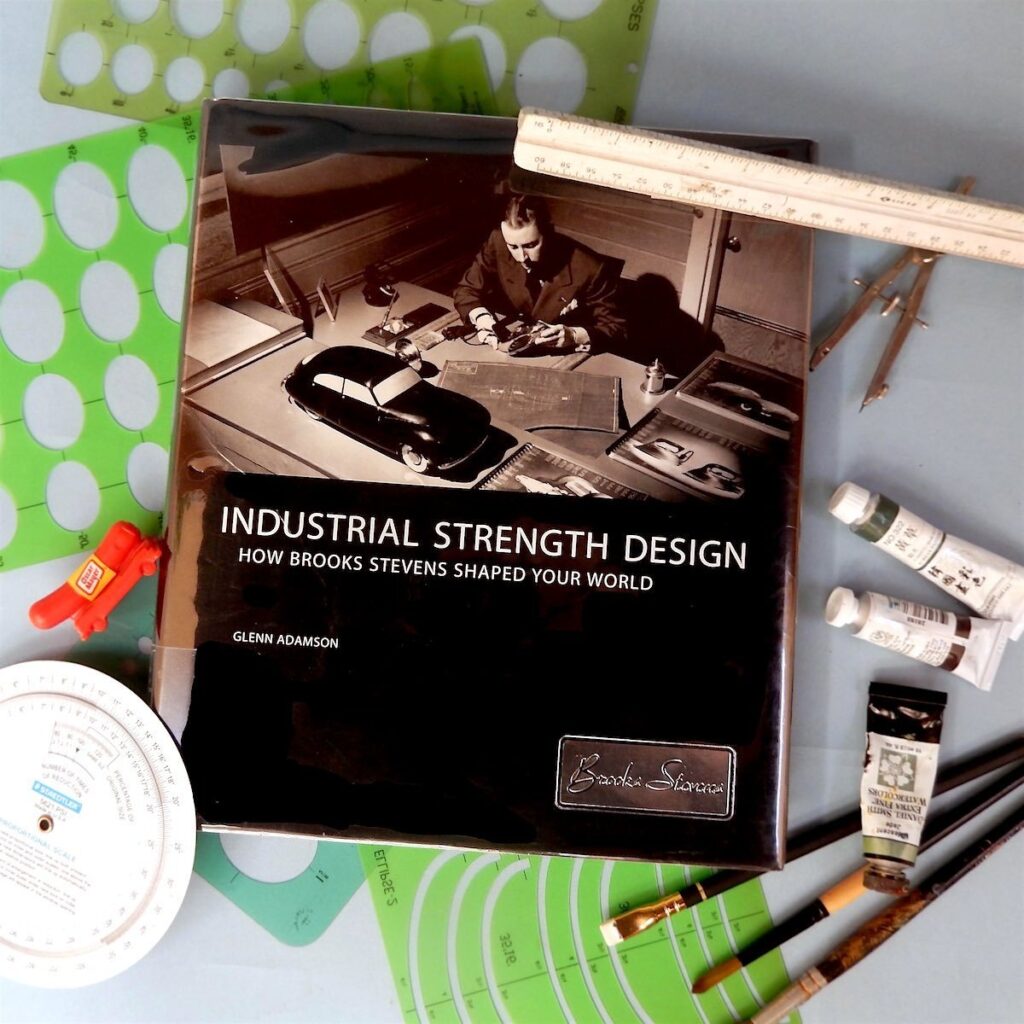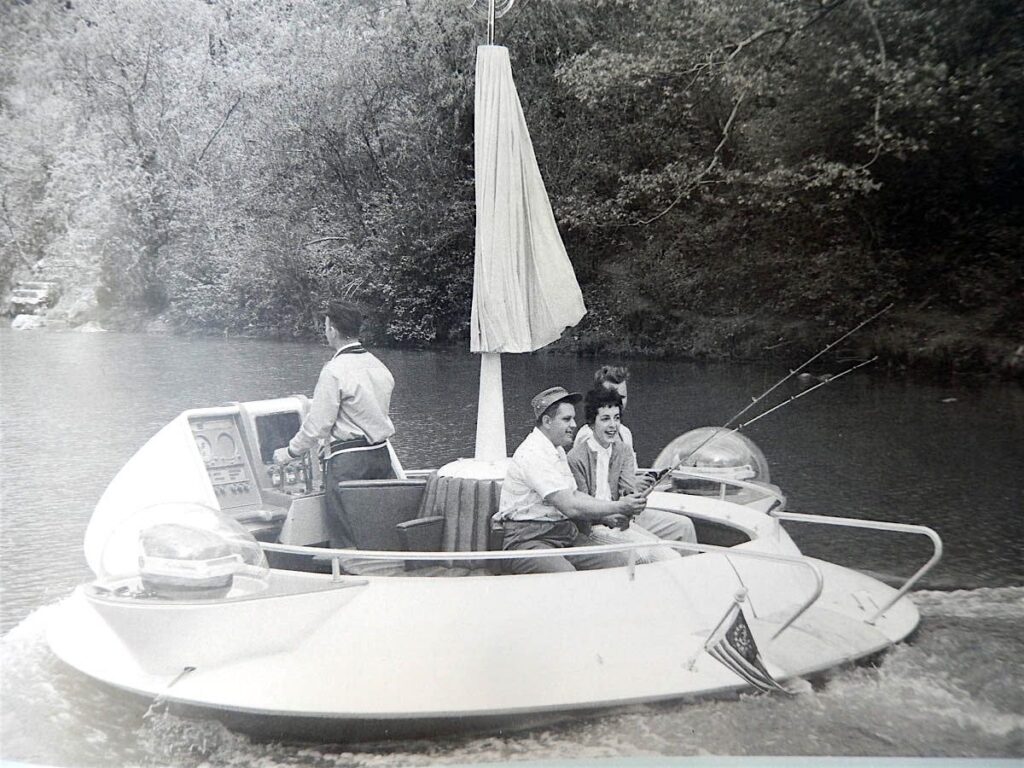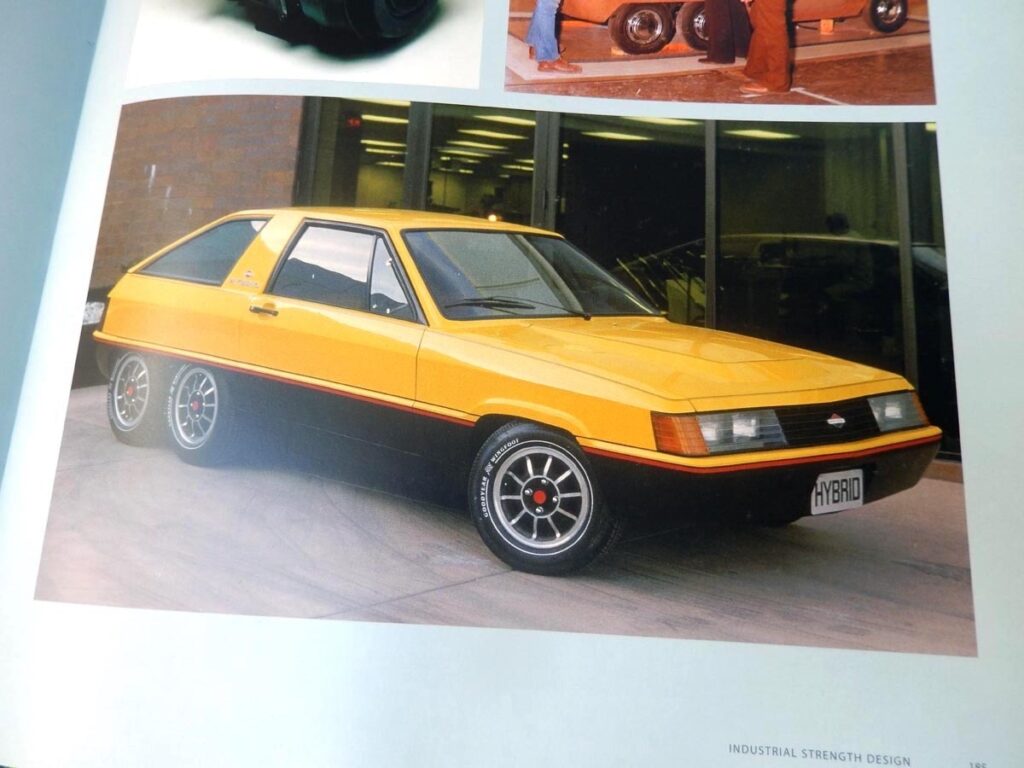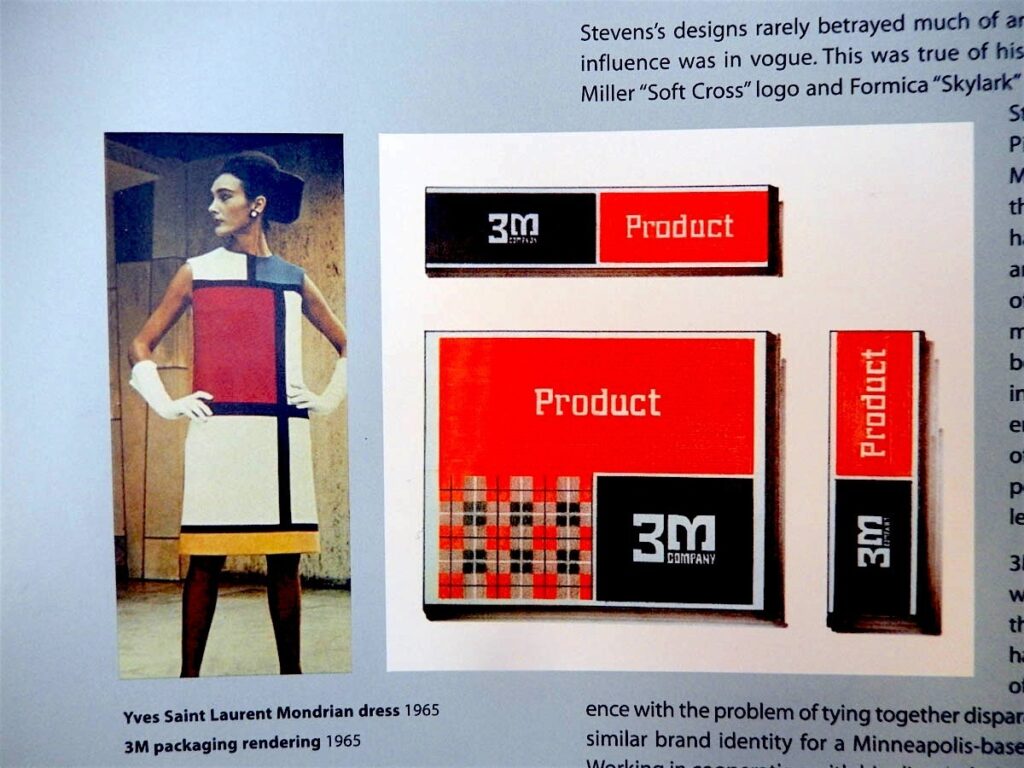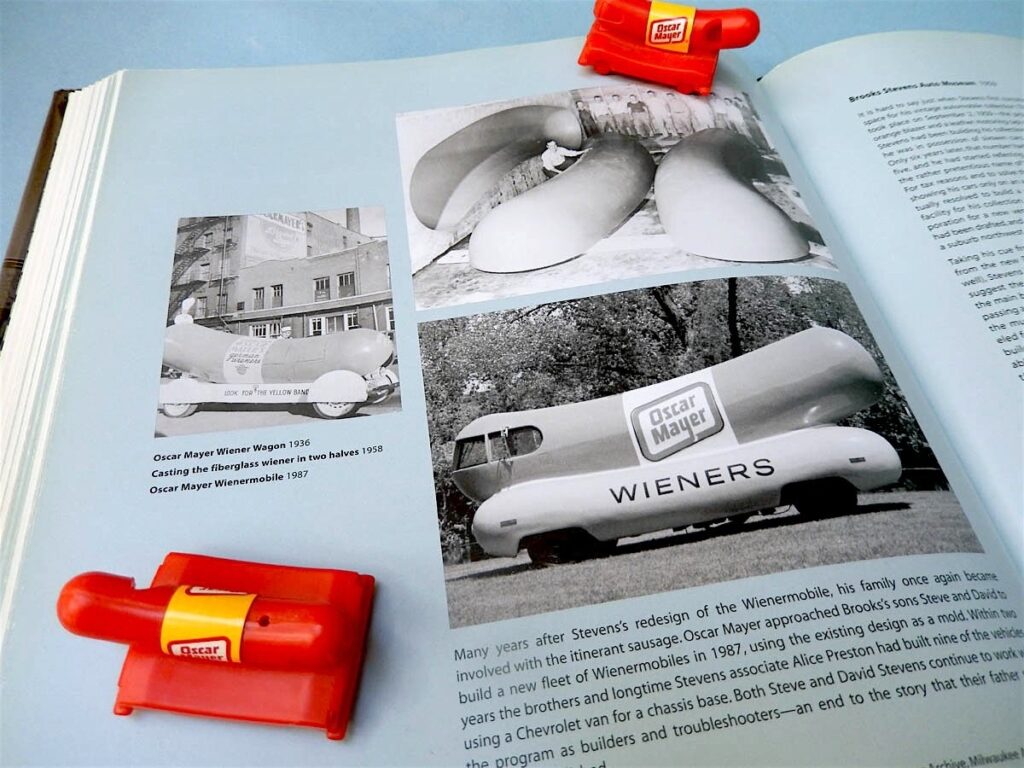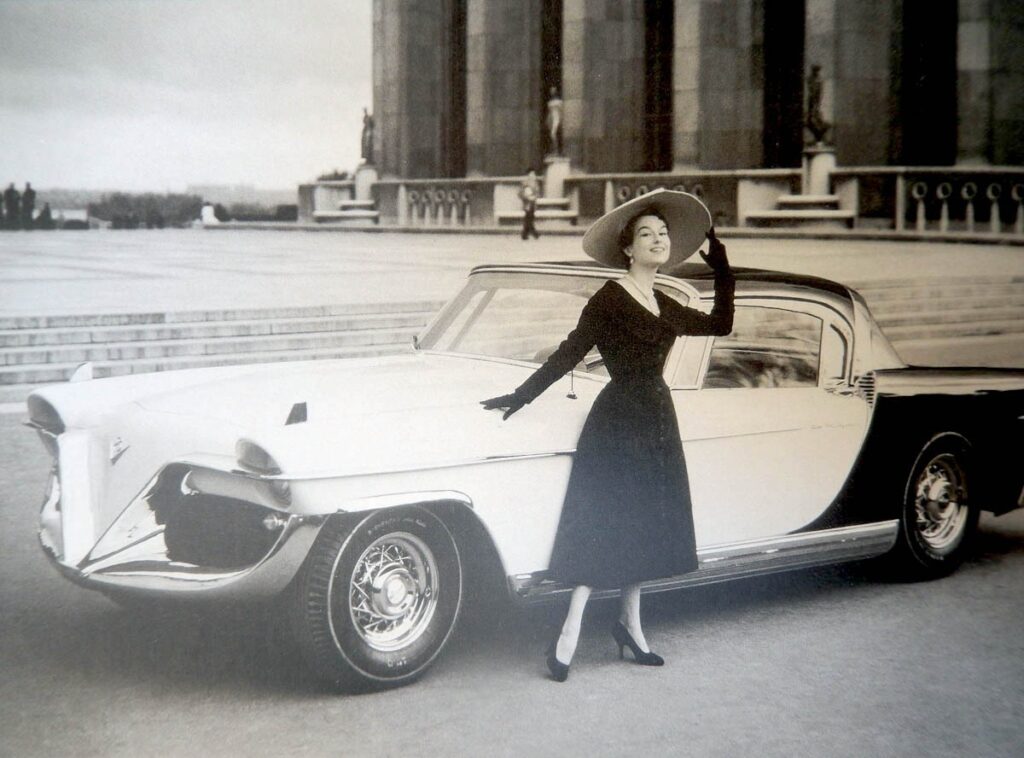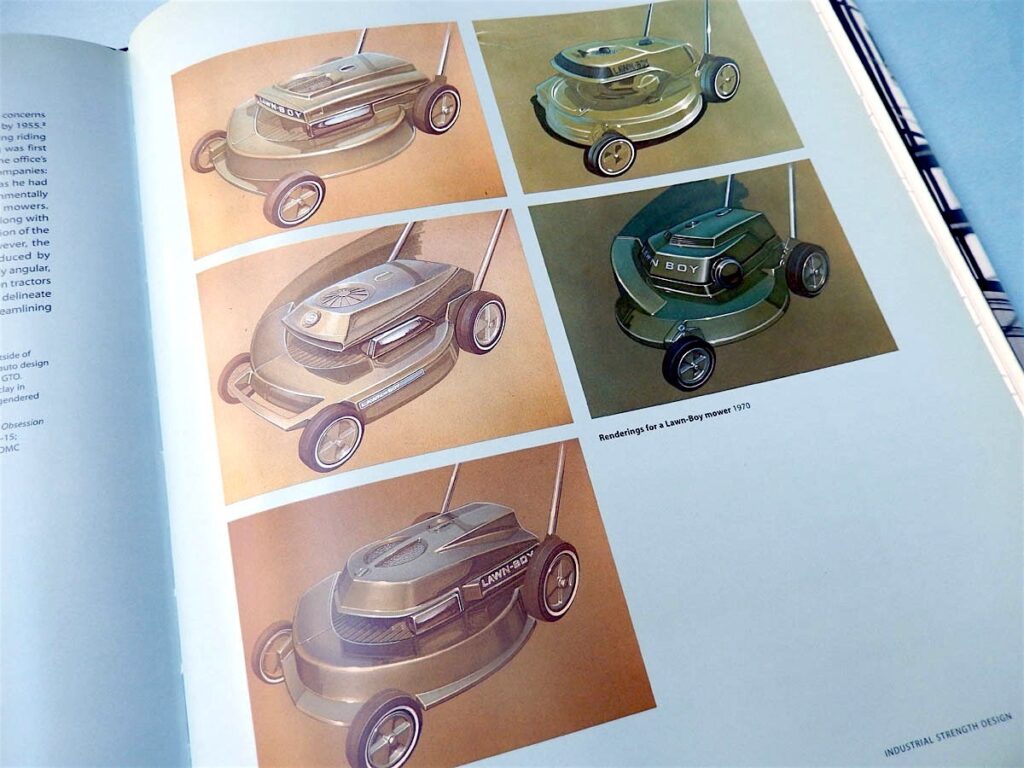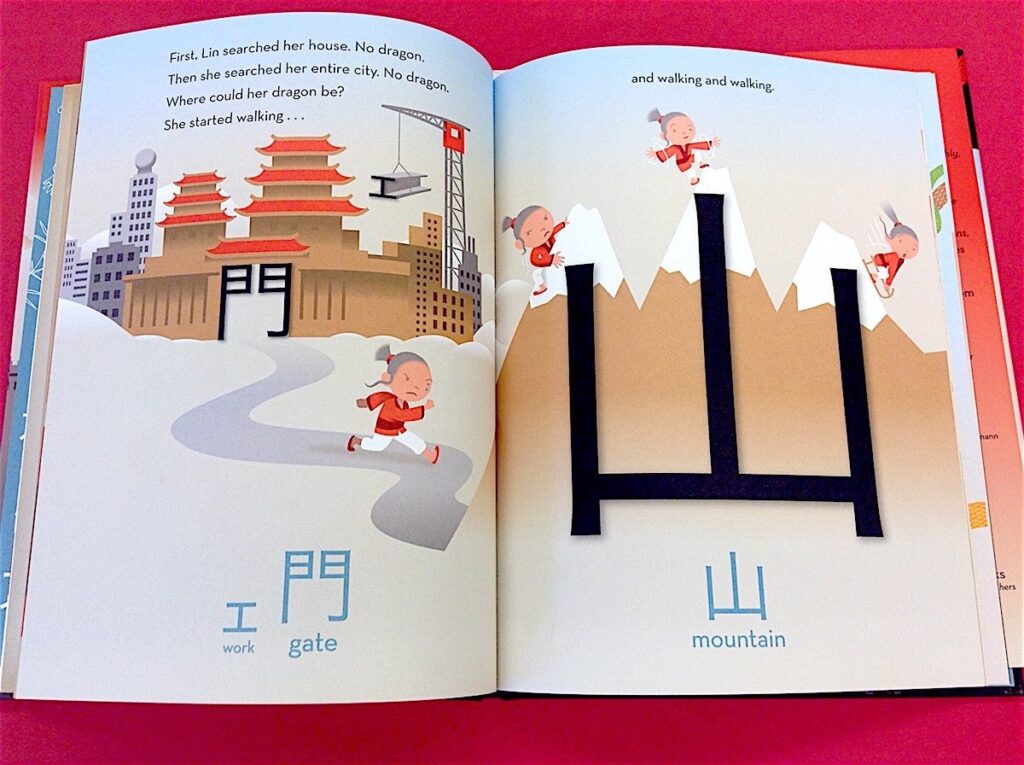Powerstrip Liberator Cords
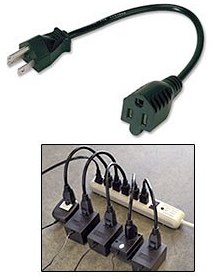
Make use of all the outlets on a powerstrip
When I discovered Ziotek’s Power Liberator cords years ago, my first thought was, “This can’t be safe.” My second was, “Oh my god, I need a dozen.” I was wrong on the first count and underestimated the second. All of Ziotek’s clever ways to “liberate” power outlets are UL approved, which is as reassuring as one could want. And I have at least two dozen, maybe three, scattered around my house and home office.
The “liberator” label referred initially to freeing unusable outlets on a power strip. Just a few years ago, most electronic devices (excepting some computers and all monitors) had hurking power bricks meant to plug into a wall outlet. If you plugged a power strip into a wall outlet, you still had the problem of placement: the bricks interfere with each other with most two-jack outlets. How many strips did you have or still have that have two or three awkwardly placed big-headed AC-to-DC adapters plugged in? It’s a waste. At times I had two or three daisy chained power strips (a practice not recommended by UL and others) to keep all my vampires sucking away.
The first Power Liberator alleviated that specific problem. The Power Extension Cable is 14 inches long with a three-prong plug at one end and a three-prong jack at the other. I have one power strip behind my home A/V cabinet that has several of these, each of which sports a brick at the end. (Some power strips have become cleverer, too, with rotating jacks or the ability to move outlets along the strip’s length.)
Since Ziotek’s introduction of this first cord, they’ve added eight more versions by my count. I own one or more of all of them except the monitor/power-supply models that extend a plug used with a display. The Plus model improved on the original by doubling outlets: every Plus plug has an outlet on its back plus the jack at the end of the dongle. Behind couches and beds, I use the Flat model for otherwise unusable outlets. And a Y Splitter gives you some space between two dongles with jacks on the end.
It’s true that manufacturers have gotten savvier about embedding smaller and more efficient power supplies inside devices, reducing wall warts. But the horror movie behind my television cabinet, with bricks of all sizes and shapes, indicates there are still plenty of outlets to liberate.
03/12/20(This is a Cool Tools Favorite from 2013 — editors)
Ziotek Powerstrip Liberators Prices vary depending on model






